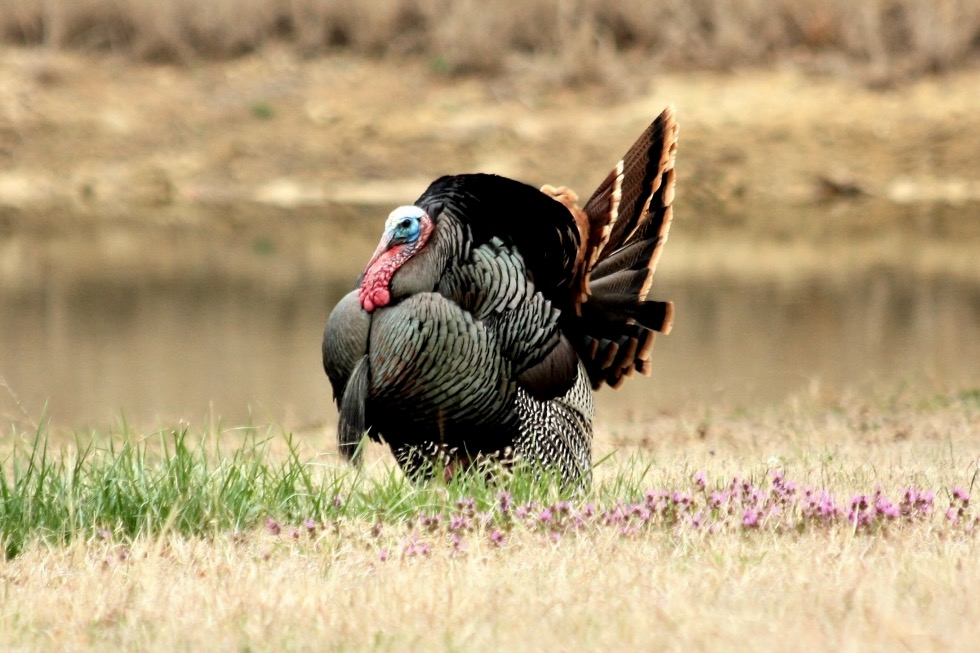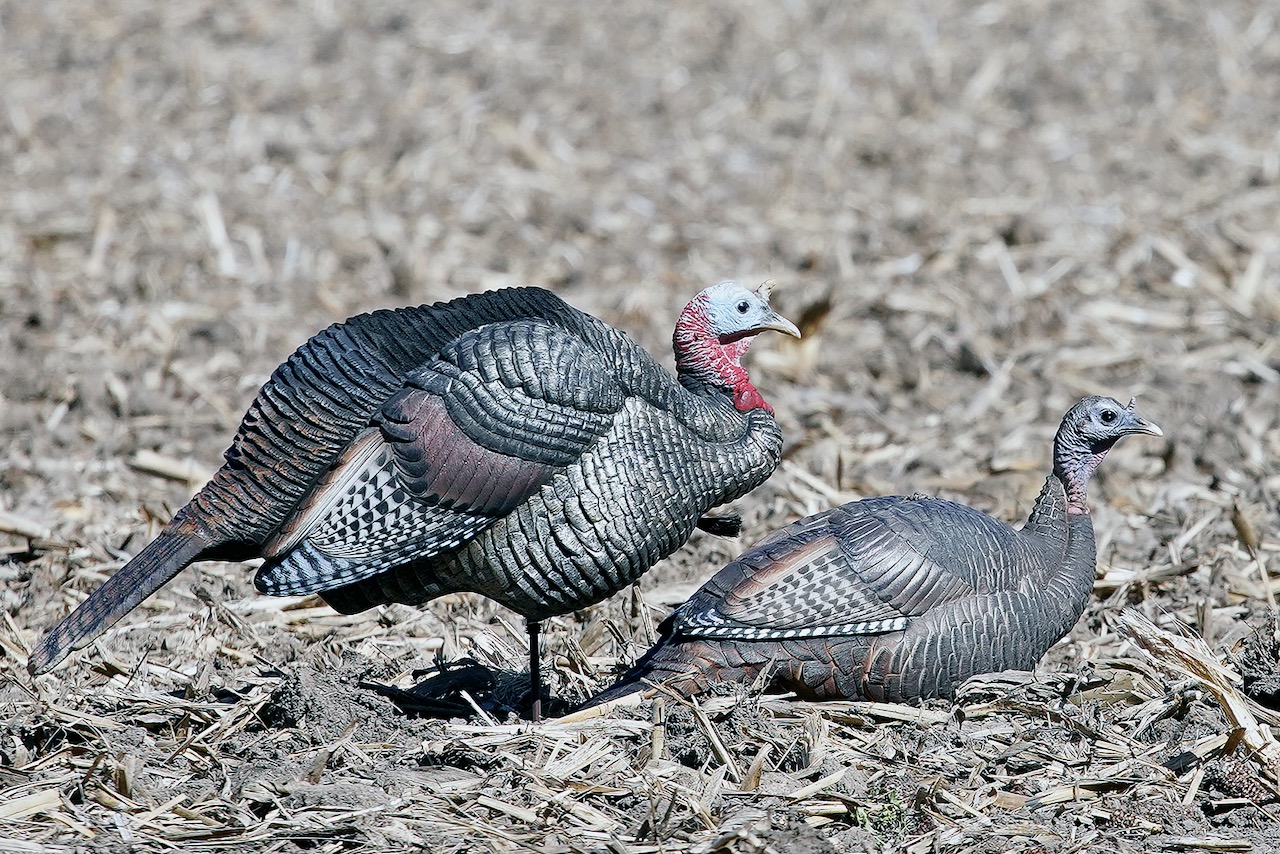TOM FOOLERY
To trick a hung-up gobbler to come crashing into your set-up, make him an offer he can’t refuse
Advertisement
#7 UPWARD MOBILITY
When all else fails, you can always try stalking the tom as a last resort. Safety is paramount, so this should only be considered if you’re positive you’re the only hunter on the property. Plus, don’t forget that a turkey’s eyesight and hearing are far superior to yours, so it definitely won’t be easy.
Advertisement
Also keep in mind that the turkey could be sneaking up on you at the same time, so maintain your spatial awareness, and use every bit of terrain and cover to stay concealed. Remain quiet, stopping occasionally to cautiously reassess. And always listen in case a tom identifies his location by gobbling.
Again, though, realize that this tactic is a last resort, and that tomorrow is another day. The potential benefits of such a low-percentage manoeuvre should be balanced against the risk of educating turkeys to the point they become virtually unhuntable. Some days, it’s best to just let the gobblers win. And when you do, at least you get to answer the alarm at 4 a.m. the next day to do it all over again.
Advertisement
BONUS TIP: GAME TIME
The best route to attaching a tag to a wild turkey’s leg is through its head. So says veteran Norfolk County, Ontario, turkey gunner Devin Homick, who’s generously taught me and other hunters a lot about these birds over the years. “That’s what turkey hunting is,” he tells me. “It’s a constant psychological battle. Head games.”
Key here is understanding that the biggest thing standing in the way of a male turkey’s burning desire to procreate is competition from other male turkeys. And factoring into that competition is what Homick describes as a three-tier pecking order, which determines how and when the guys get their girls. “Every one of them is trying to put the puck in the back of the net,” he says.
At the top of this pecking order are the mature long beards. Sticking with hockey terms, they’re the tough heavyweights with an intimidating presence. They get first dibs on the hens, leading the way by either pitching down from the roost first and gobbling, or waiting for the hens to fly down first before pursuing them.
Next are the maturing light-heavyweights, full of heart and desire. They typically hang around on the outskirts, or search for loner hens. They’re also willing to challenge, however, and can often hold their own. Finally, there are the young instigators, running around irritating everyone, so desperate to score they’ll foolishly put themselves in danger.
Knowing all this, a good psychological tactic is to simulate a young punk turkey’s insolence to get an angry response from a heavyweight. This is where jake and willing hen decoys come into play. Alternatively, hunters can create the enticing equivalent of an empty net by setting out a single hen decoy. This provides an easy goal for second- or third-tier birds, as well as for battle-weary toms late in the season.
Just be sure you get all this figured out before the mosquitos, ticks and heavy foliage arrive towards the end of the season and you’re in overtime trying to score. Says Homick: “If you haven’t got a bird by then, trust me, it feels like overtime.”


